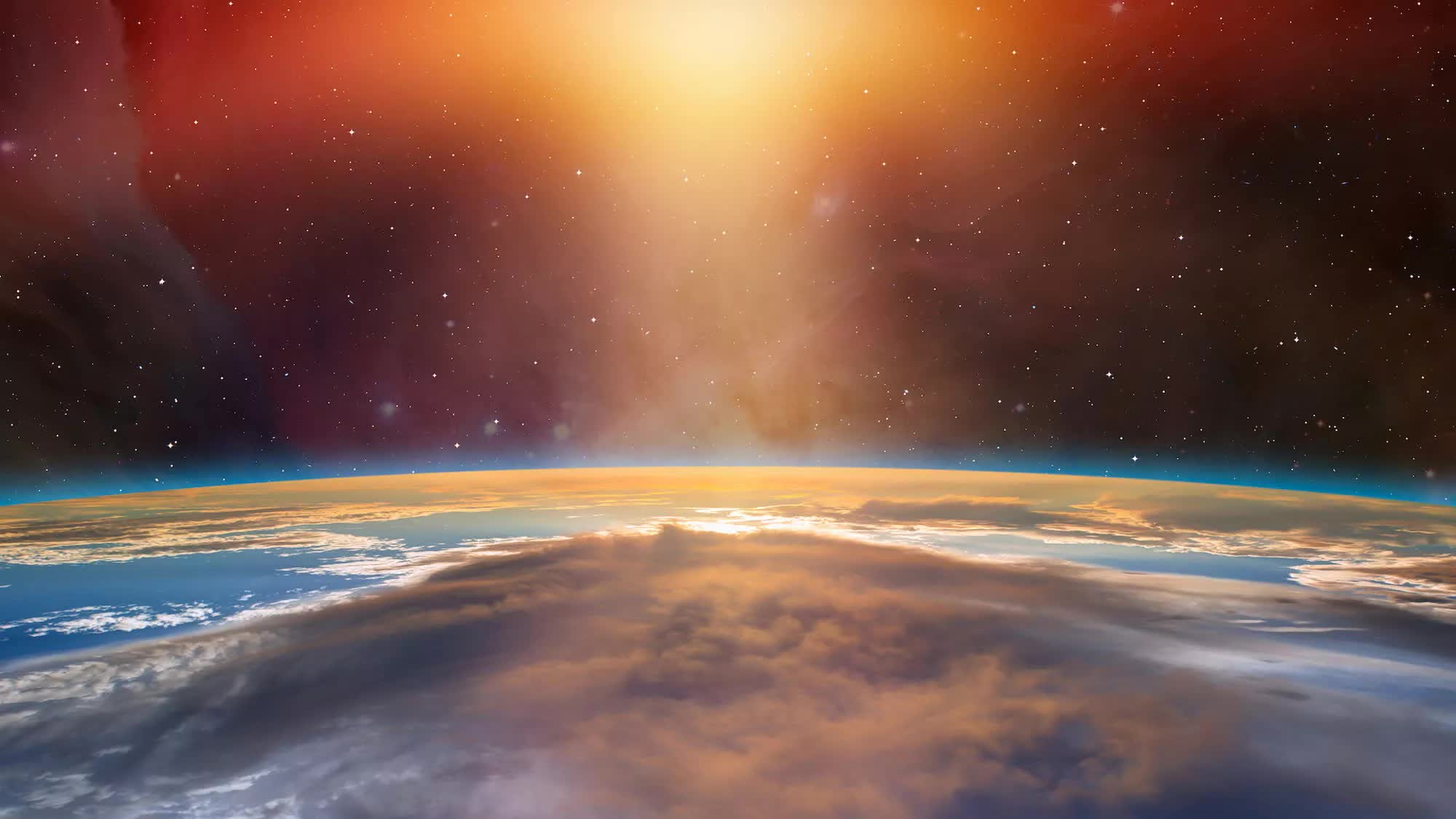The big picture: Researchers are leaving no stone unturned in the race to find ways of putting the brakes on global warming – even if that means pulverizing trillions of dollars' worth of diamonds to sprinkle in the atmosphere. A new study published in Geophysical Research Letters has seriously examined this audacious "sun-dimming" scenario as a potential (albeit extreme) tool in the climate crisis fight.
The premise is based on the idea of solar geoengineering via stratospheric aerosol injection. Basically, it involves seeding the upper atmosphere with lots of tiny particles that can reflect some of the sun's incoming rays back into space before they reach the surface, creating a cooling effect. It's been theorized that dispersing around 5 million tons of pulverized diamond dust per year could lower global temperatures by nearly 2.9°F.
Before you start stashing away your family jewels, know that pulling this off would require a mind-boggling $200 trillion investment over 45 years to have the desired impact of keeping warming just under the 2.7°C (4.9°F) threshold. Past that point, the risks of catastrophic climate change spiral out of control.
As reported by Science, the researchers tested diamond dust along with six other aerosol particle candidates such as sulfur using complex computer modeling. They looked at factors like how well the particles disperse without clumping up, their atmospheric lifetimes, and whether they resist turning into acid rain.

Surprisingly, the diamond dust crushed the competition – staying finely distributed without coagulating and sticking around for a while. Sulfur, one of the more practical options being considered, tended to clump up more easily.
Of course, dumping massive amounts of aerosols into the sky doesn't come without risks and potential side effects that would need to be carefully studied. There are also obvious economic hurdles given the exorbitant price tag.
"If you ask me today what's going to get deployed, it's gonna be sulfate," Douglas MacMartin, an engineer at Cornell University who studies climate science, told the Science magazine. Sulfur pollution from volcanoes gives us real-world examples to study, and as a gas it would be easier to disperse from aircraft than diamond micro-particles.
As already mentioned, it'd be significantly cheaper too. Another study estimated that synthetic diamond would cost roughly $500,000 per ton, making it about 2,400 times more expensive than sulfur.
However, even if raining diamonds isn't the solution, work that explores "out-there" options like this one is still valuable, according to experts.
"You need to understand the early-stage physics of potential particles to then have the conversations about broader impacts," one climate policy researcher told the magazine.
